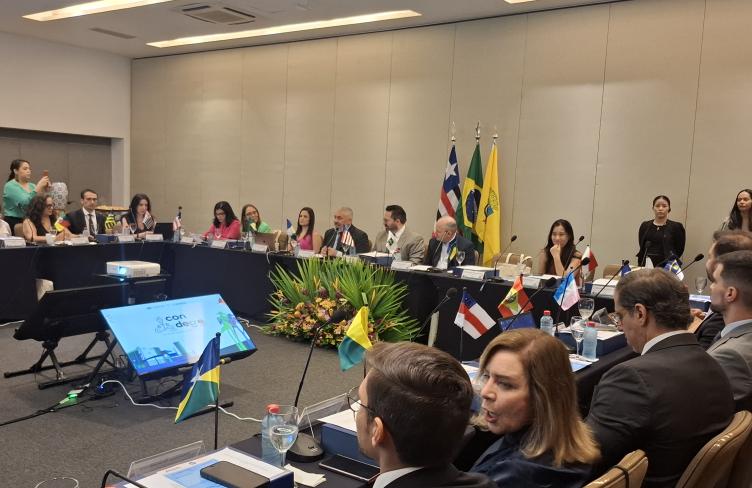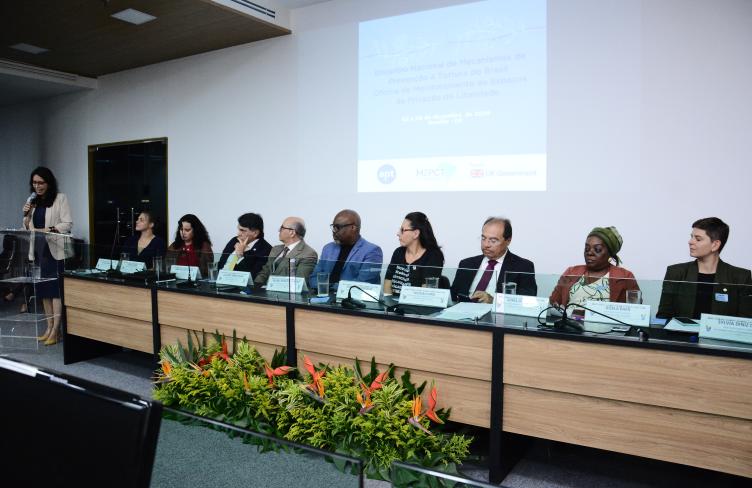
During its 46th Session, the United Nations Human Rights Council adopted – by consensus – the thematic resolution on torture and other cruel, inhuman or degrading treatment or punishment. The text, tabled by Denmark, focuses on the roles and responsibilities of police and other law enforcement officials.
We welcome this strong text, at a time when law enforcement action has been at the centre of many human rights discussions.
Recognising the key role of safeguards
In the resolution, the Council “calls upon States to ensure effective legal and procedural safeguards” (para. 5) for the prevention of torture and other ill-treatment in police custody. By doing so, the Council recognises the key preventive role that such safeguards play, particularly in the first hours following arrest or apprehension.
Support for the Principles on Effective Interviewing
The Council also welcomes the development of international guidelines on non-coercive interviewing and associated safeguards (para. 11). This recognition by the Council, a few weeks after a similar mention in the Kyoto Declaration of the UNODC Crime Congress, is a positive step for this initiative coordinated by the APT (together with the Norwegian Centre for Human Rights and the Anti-Torture Initiative).
Attention to institutional and systemic dimensions
With this resolution, the Council takes a systemic and holistic approach to the role of law enforcement in preventing and combatting torture and other ill-treatment. It identifies the need to “eliminate or reduce the sole reliance on confessions of securing convictions” (para. 8) and to ensure that “no statement or evidence that is established to have been obtained as a result of torture is invoked as evidence in any proceedings” (para. 21). The resolution also touches on key aspects of torture prevention throughout the criminal justice system.
Addressing issues of accountability (para. 18-20), complaint procedures (para. 18) and training (para. 24-25), the Council notes that preventing torture and other ill-treatment requires a systemic approach. Stressing the importance of “preventing and tackling racism, xenophobia and racial discrimination and related intolerance in policing”, the Council recognises discrimination as a root cause of torture and other ill-treatment.
Call for a stronger torture prevention architecture
The Council strongly supports the preventive architecture laid out in the Optional Protocol to the Convention against Torture (OPCAT) and – again – “urges States to become party to the Convention against Torture […] and the Optional Protocol thereto as a matter of priority” (para. 2). In addition, the resolution urges States parties to the OPCAT to “fulfil their obligations to establish a national preventive mechanism” and calls upon all States to “establish, appoint, maintain or enhance independent and effective mechanisms […] to undertake monitoring visits to places of detention, including police stations” (para. 26).
When independent oversight is threatened and undermined in various contexts around the world, the APT salutes such statements by the Human Rights Council.


